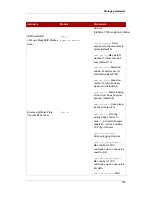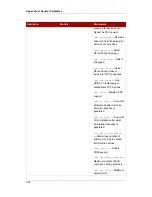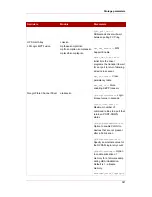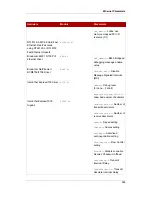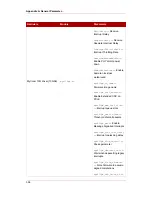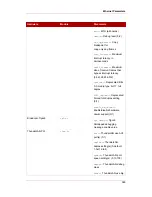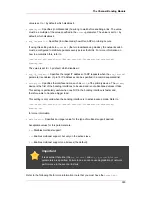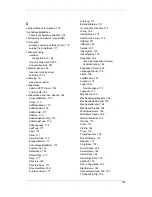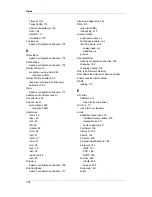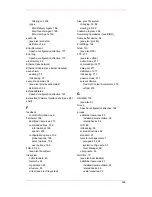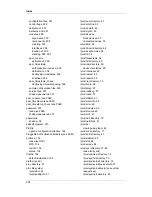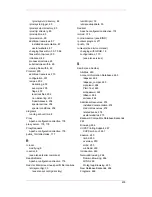
using the
bonding
kernel module and a special network interface, called a channel bonding
interface. Channel bonding enables two or more network interfaces to act as one,
simultaneously increasing the bandwidth and providing redundancy.
To channel bond multiple network interfaces, the administrator must perform the following steps:
1. Add the following line to
/etc/modprobe.conf
:
alias bond<N> bonding
Replace
<N>
with the interface number, such as
0
. For each configured channel bonding
interface, there must be a corresponding entry in
/etc/modprobe.conf
.
2. Configure a channel bonding interface as outlined in
Section 2.3, “Channel Bonding
Interfaces”
.
3. To enhance performance, adjust available module options to ascertain what combination
works best. Pay particular attention to the
miimon
or
arp_interval
and the
arp_ip_target
parameters. Refer to
Section 5.2.1, “
bonding
Module Directives”
for a listing of available
options.
4. After testing, place preferred module options in
/etc/modprobe.conf
.
5.2.1.
bonding
Module Directives
Before finalizing the settings for the
bonding
module, it is a good idea to test which settings
work best. To do this, open a shell prompt as root and type:
tail -f /var/log/messages
Open another shell prompt and use the
/sbin/insmod
command to load the
bonding
module
with different parameters while observing the kernel messages for errors.
The
/sbin/insmod
command is issued in the following format:
/sbin/insmod bond<N><parameter=value>
Replace
<N>
with the number for the bonding interface. Replace
<parameter=value>
with a
space separated list of desired parameters for the interface.
Once satisfied that there are no errors and after verifying the performance of the bonding
interface, add the appropriate
bonding
module parameters to
/etc/modprobe.conf
.
The following is a list of available parameters for the
bonding
module:
The Channel Bonding Module
391
Summary of Contents for ENTERPRISE LINUX 4.5.0 -
Page 1: ...Red Hat Enterprise Linux 4 5 0 4 5 0 Reference Guide ISBN N A Publication date ...
Page 2: ...Red Hat Enterprise Linux 4 5 0 ...
Page 4: ...Red Hat Enterprise Linux 4 5 0 ...
Page 24: ...xxiv ...
Page 26: ......
Page 36: ...12 ...
Page 72: ...48 ...
Page 112: ...88 ...
Page 122: ...98 ...
Page 140: ...116 ...
Page 142: ......
Page 300: ...276 ...
Page 318: ...294 ...
Page 320: ......
Page 332: ...308 ...
Page 350: ...326 ...
Page 378: ...354 ...
Page 388: ...364 ...
Page 394: ...370 ...
Page 395: ...Part IV Appendixes ...
Page 396: ......



